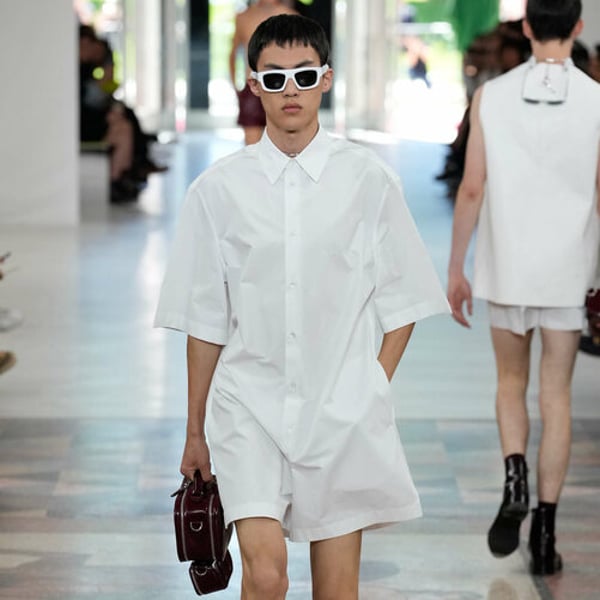By
Bloomberg
Published
Jul 26, 2024
It’s even worse at Gucci than we thought.
Sales excluding currency movements and mergers and acquisitions at the Italian fashion house fell 19% in the second quarter, exceeding the drop expected by analysts and showing no improvement on the first three months.
Parent Kering SA said on Wednesday that its operating profit fell 42% in the first half of this year. It warned that the key measure could decline a further 30% in the second half, compared with 2023, as it continued to invest in reinvigorating Gucci.
Investors are looking for the next luxury turnaround, after Gucci’s last revival almost a decade ago under former creative director Alessandro Michele and Prada SpA’s more recent rejuvenation, and for many Kering fits the bill. But it’s becoming increasingly clear that the group won’t live up to these lofty expectations – at least for some time anyway.
Kering’s second profit warning this year underlines the problems that brands seeking to reorient themselves face in a deteriorating luxury market. Gucci is casting aside the opulence of Michele for the sleeker styles of new creative director Sabato de Sarno.
Unfortunately this has coincided with the worst downturn in a decade, as shoppers in China and the US pull back.
Gucci is being particularly hurt by fewer new, often comfortable but not super-wealthy, shoppers visiting its stores and website. They tend to buy the classic styles that the brand always carries. This isn’t being compensated for by the group’s other brands, such as Saint Laurent.
For more regular Gucci customers, there is little incentive to purchase now, given that more of De Sarno’s new designs will be arriving in September.
For those who are buying, the reception so far to De Sarno’s products has been positive, the company said, with consumers appreciating improvements in style and quality. But his designs represented only 25% of the range in the second quarter. Kering has previously said this will increase to 100% by the third or fourth quarter, as autumn and winter collections ramp up.
Gucci is speeding up the time it takes to get products to market. Four fresh handbag lines, either completely new items or enhancements to existing ranges, will arrive in the second half.
So, with more of De Sarno’s products being delivered to stores, and comparisons with last year getting easier over the coming months as Chinese spending waned in late 2023, things should start to get better.
The danger is that De Sarno’s collections don’t catch on. There was a flurry of excitement around his fashion show held in London in May, with the Gucci belt making a comeback according to Data But Make It Fashion, which analyzes social media trends. But Gucci’s new look has lacked the buzz that accompanied Michele’s debut in 2015.
Meanwhile, there is no improvement in China, while Kering said Europe had weakened.
The competitive environment is also intensifying, as all the brands chase top end customers. Prada, which typically vies for sales with Gucci, is on fire; Valentino SpA, in which Kering has a 30% stake, hiring Michele as its creative director, will appeal to his loyal fans.
That could mean even more heavy lifting at Gucci. The problem is that with the profit slide, and a string of acquisitions, Kering’s balance sheet is stretched. Net debt, excluding lease liabilities, was €9.9 billion ($10.7 billion) at the end of the first half, up from €3.9 billion a year ago, and equating to 1.8 times earnings before interest, tax, depreciation and amortization. Kering is looking to partnerships with real estate investors to cut its borrowings, after several acquisitions of high profile store locations.
With De Sarno’s collections only just hitting stores, it is probably too early to contemplate a change in creative direction. The label also has a new, beefed-up management team.
But righting the ship is taking a toll on sales, with Gucci’s revenue expected to decline by €1 billion this year, as well as on group profits. This leaves Kering to tough it out, drawing on cost savings to cushion the blow.
Yet efficiencies must be handled carefully, particularly given the need to turbocharge De Sarno’s collections. It also doesn’t help that LVMH, although not immune to the downturn, is able to put on the biggest show to keep its brands at the forefront of consumers’ minds.
Kering is the master of fashion turnarounds, perhaps explaining why investors have been so keen to give it the benefit of the doubt.
But with the shares down as much as 10% on Thursday, they are now at their lowest level since 2017.
Without Gucci’s makeover delivering soon, it’s not clear how long shareholders’ patience will last.







